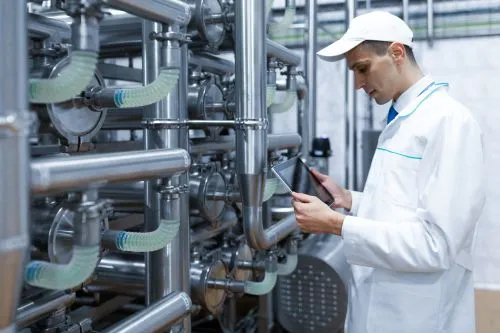
Salami is a type of sausage that was invented in Italy. In its original recipe, it was made from a mixture of minced pork and salt, which was carefully air-dried in a casing. However, mass production has transformed it into a semi-finished product used for sandwiches or pizza, as stated in a brief Oxford History.
Name and Origins
The name "salam" comes from the Latin word "salare," which means to salt. In general, this word covers a whole family of products, being a generic term that describes any type of meat product.
Like many other Italian foods, salami has a long history dating back to before Ancient Rome. Over the centuries, many variations of this type of sausage have emerged, with each region having its own product, sometimes even more than one.
In the Italian Peninsula, pork meat was consumed even before the establishment of the Roman state. Initially, animals were raised solely to meet the needs of a family or a village. It was only during the Etruscan period that the first forms of non-nomadic breeding began, for example, for trade purposes.
An interesting discovery was made by archaeologists during excavations at Forcello (5th century BC). In the province of Mantua, 50,000 animal bones were found, of which 60% were from pigs. The study showed that the animals were approximately 2-3 years old, but the hind leg bones were almost completely absent. This probably marks the invention of sausages!
Thread of History
During the Roman Empire, pork thighs were very popular. Ham was the most valuable pork product and the protagonist of numerous social and festive events.
The history of salami in the Middle Ages, particularly during the raids of barbarians, made pigs one of the most important resources for villagers. The leg, ham, and thigh were sometimes equated with currency. In the Middle Ages, pig grazing was so important that the size of forests was measured not by their length but by their capacity to feed pigs.
Renaissance
Over the centuries, pig farming and consumption of pork products gained even more importance, and the art of gastronomy developed. Pork meat appeared on the most luxurious banquet tables, and this continued until the 19th century when the first culinary workshops and delicatessen shops were opened.
From the 12th to the 17th centuries, Italy paid much attention to the processing of pork meat, and the whole country consumed and processed meat at an accelerated rate. During this period, a specialized profession emerged, the norcino (butcher specialized in pigs from Norcia).
The norcini formed guilds and fraternities, inventing and preparing new sausages. Over the years, such associations became famous, and Pope Paul V recognized the Brotherhood of Norcini, dedicated to Saints Benedict and Scholastica, in 1615.
At that time, methods for preserving fresh meat did not yet exist, so the work of norcini was seasonal. Pigs were only slaughtered once a year, and butchers were busy from October to March, while at other times, they returned to their normal lives, selling hay or garden tools. Despite the changes in history, the popularity of the butcher profession did not disappear.
Modern Times
Today, salami is not a specific type of sausage but a term that describes a type of meat product in a casing. Each type of salami is made in a special way and differs in the fineness of the minced meat, each variety having a different texture and a unique blend of spices.
However, there are rules that are mandatory for all types of salami: the meat must be well-sealed, the interior should be red or pink with small granules of white fat, and these fatty pieces should not detach from the meat when sliced. Bon appétit, enjoy!





